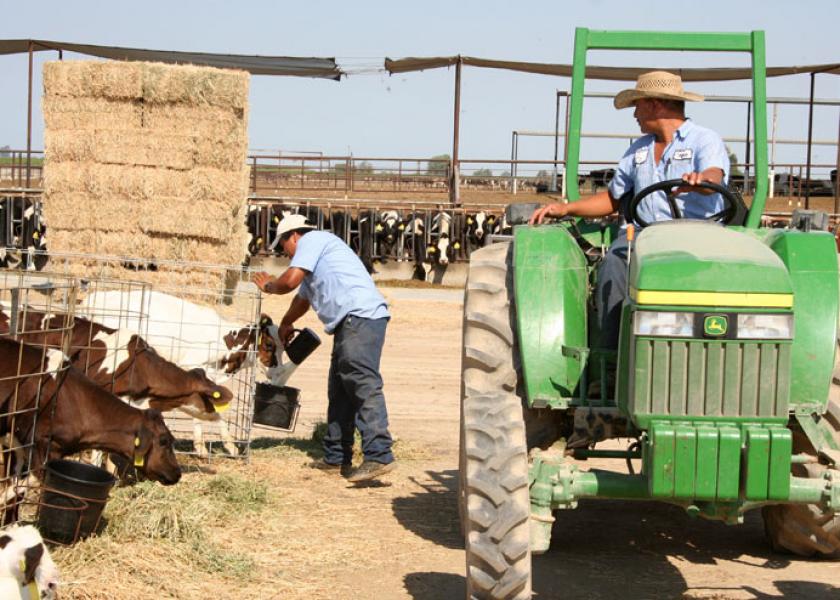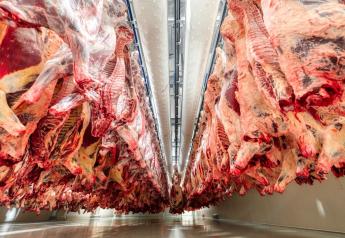8 Things to Know and Do When you Receive Beef-Dairy Cross Calves

During the recent Academy of Veterinary Consultants winter conference, Dan Altena, DVM, Valley Veterinarians Inc., Tulare, Calif., offered some intel — what he calls his quick take-home points — that can help veterinarians when beef-cross calves arrive in the feedyard.
Here are eight takeaways Altena shared during his presentation. Points two through eight can often be addressed by implementing point one:
1. You can learn a great deal by picking up the phone and talking to the farm’s calf veterinarian to get the animals’ vaccination status and history before you take possession of them.
2. Know the source or sources of the calf ranch, as animal quality is widely variable.
3. Beef-cross calves can be excessively vaccinated and heavily treated:
+/- Lepto vaccine in the hutch
+/-Clostridium vaccines are given at calf ranch.
4. Calf ranches tend to be loaded with Coccidia. Consider covering calves three days with amprolium for reduced stakes on arrival.
5. Feed the same feed as the calf ranch four to seven days at the feedlot.
6. Corral ration is mostly grain (steam-flaked corn), mineral pallet and some fiber such as cottonseed hulls or alfalfa. Altena strongly suggests not feeding a forage diet on arrival.
7. Calf ranch calves are accustomed to being handled. They’re typically walked and fed by humans, even in the corrals.
8. Calves likely don’t need deworming on arrival unless they are eating the corral ration.
Turn Your Beef-on-Dairy Byproduct Into a Go-To Product
Beef Embryo Transplants Offer Potential Over Dairy/Beef Crossbreds







